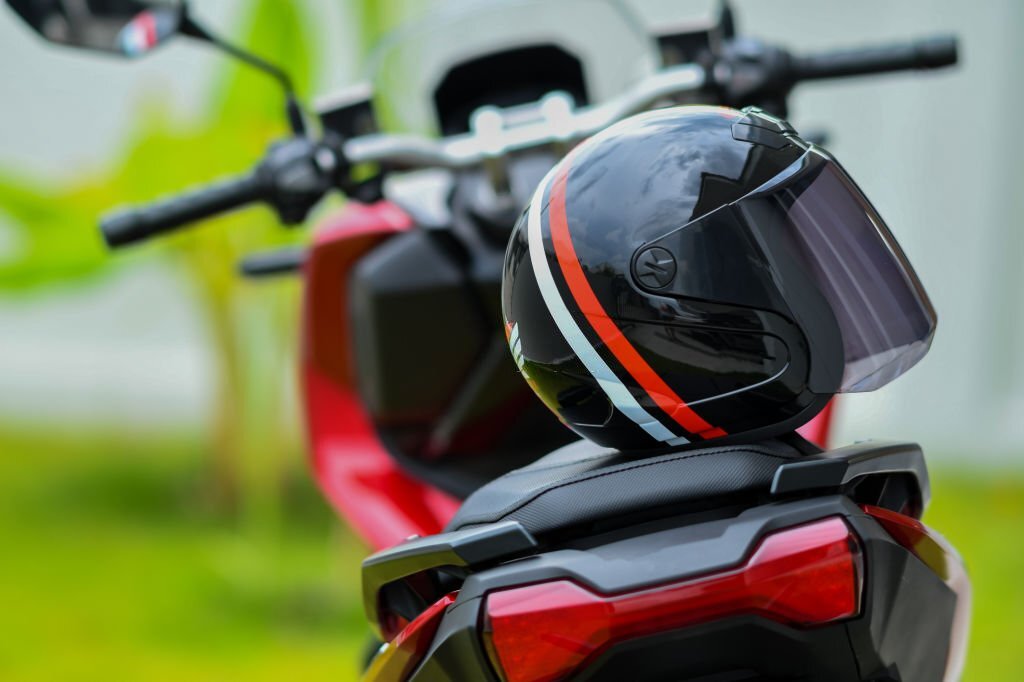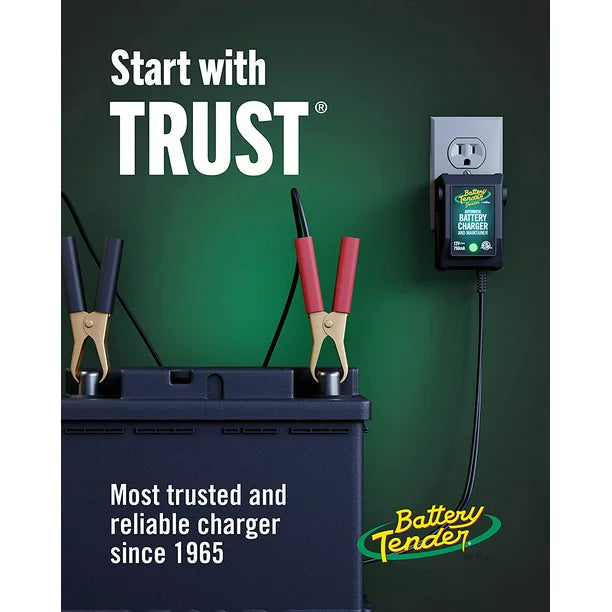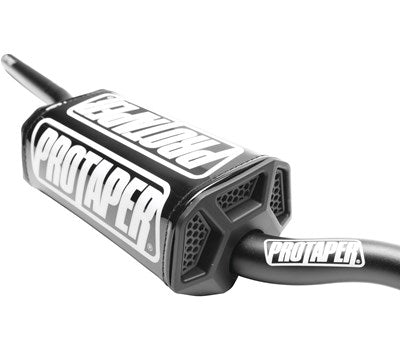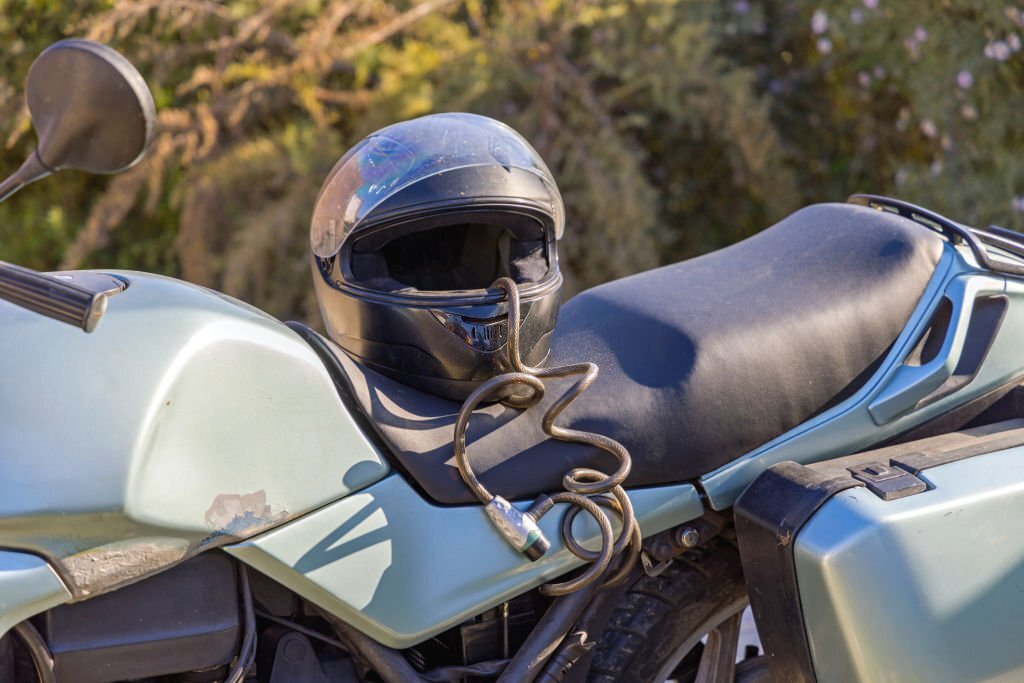Whether you’re new to biking, or just need to replace your helmet, you may be struggling with the same dilemma. How to choose a motorcycle helmet. With so many options out there, you may have a few questions about this issue.
What should you look for? Which type is best for you? How often do helmets need to be replaced, anyway? This isn’t unique to new riders. Even if you’ve been riding for a while, you may not know exactly what to look for when you buy your next helmet.
If you’re looking for the facts, you’re in the right place. In our guide below, you’ll find the answers to all these questions and more. So read through our guide before you make your purchase and you can be confident that you’ve chosen the best helmet for your budget, your bike, and your needs.
What This Article Covers:
- How to Choose the Right Motorcycle Helmet for You
- Which Type of Helmet Is Best
- Which Motorcycle Helmet Should I Buy?
- What If a Helmet Needs to Be Replaced?
- How to Buy a Motorcycle Helmet
How to Choose the Right Motorcycle Helmet for You
Are you shopping for a new motorcycle helmet? This is what you need to look for before you make your purchase.
What to Look for When Buying a Motorcycle Helmet
While style and price are certainly important factors that enter into your choice of a helmet, they should never be your top priority. Never compromise on safety, fit, and comfort in the name of price or fashion. These should be your number one priority when making your decision.

Safety
Your safety should always be your top priority. It is, after all, why we wear motorcycle helmets in the first place. So you want to go for a helmet made of strong material and the best safety technology(more about that later) and one that has met established safety standards.
But the colour also plays a role here, and not for fashion reasons either. The right colour keeps you visible on the road even in dimly-lit conditions. Most riders and researchers agree that white is the best motorcycle helmet colour for visibility, even during a rainstorm, but any bright colour is good.
Fit
The fit of your helmet is just as important. Your helmet should fit snugly around your head but still feel comfortable. The chin strap should fit closely under your chin, but not be too tight. If you can remove your helmet without undoing the chin strap, it doesn’t fit properly and is not safe.
Because not everyone is built the same, neither are all helmets. Motorbike helmets come in different sizes, but some brands offer more sizes than others. A well-fitting helmet is of the utmost importance. Also, if you are a spectacle wearer, check that your choice of helmet accommodates your glasses too.
Comfort
We all have different comfort levels and riding styles. Some of us prefer an open-face helmet, others need super comfortable lining, or top-of-the-range Bluetooth capabilities. Comfort means different things to different people. Before you make your choice, ask yourself what your needs are.
All helmets offer some internal lining or padding, but it's not only for comfort while riding. Higher-end helmets contain multiple layers of expanded polystyrene foam (EPS) of varying densities.
Which Type of Helmet Is Best

When choosing a motorcycle helmet, always buy the safest and most comfortable helmet that you can afford. But also be true to your individuality and style. This means getting a helmet that suits your personality and your ride.
Helmet Styles
Your personal preferences determine whether you go for an open-face, flip-front, or full-face helmet.
Full-Face
From a safety standpoint, the full-face design comes out on top. It gives you the most protection of all the styles, and many riders prefer this style. A full-face helmet offers you the best coverage as it surrounds your entire head and your neck.
It also protects you from environmental factors like bad weather and pesky bugs. So for off-road type riding this is your best choice.
Open-face
Open-face motorcycle helmets are also known as ¾ helmets because they only cover three-quarters of your head. The face is left exposed, but they still provide good protection to the top, back, and sides of your head.
Do you like the idea of the air on your face while you ride? Do you want a retro-looking helmet to go with an old-school bike? Then you may prefer an open-face helmet. That said, open-face helmets aren’t going to give you the all-around protection that flip-front or full-face ones do.
Open-face helmets are particularly popular with dirt-bike riders since they tend to face more low-energy accidents. Bear in mind that if you’re wearing an open-face helmet, you may want to invest in goggles to keep dirt and grit out of your eyes.
Flip-front
A flip-front helmet is the best of both worlds. It’s designed to allow you to raise and lower the visor so you can enjoy the benefits of both the above-mentioned styles.
A flip-front may be a style compromise, but in a crash, the chin bar lock may not always keep the chin bar in place. This style also often weighs more than a full-face helmet, because of the visor flip mechanism.
Which Motorcycle Helmet Should I Buy?
Certain materials that helmets are constructed from are safer than others, but they also differ in weight and cost. Most helmets also carry some form of safety certification. Remember that as technology advances constantly, so do the helmets on offer.
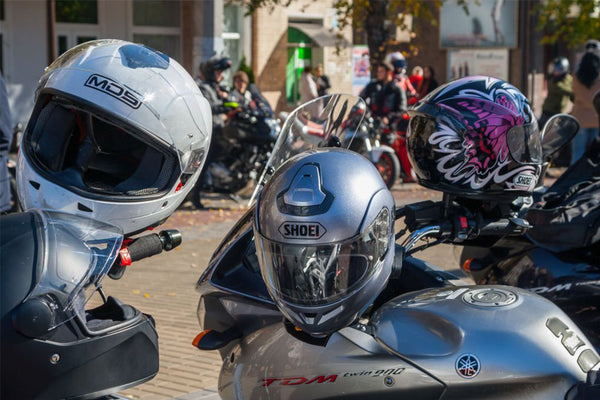
Materials
Polycarbonate
While it’s a type of plastic, polycarbonate is incredibly strong. It’s the stuff they use in bulletproof glass, so you don’t need to worry about the strength. It has a good deal of shock absorbency, too, and compared to other materials, polycarbonate helmets are affordable.
Fibreglass
Fibreglass composite helmets bend after absorbing the initial energy of an impact. This material is usually not as expensive as carbon fibre, but more costly than polycarbonate. It’s also lighter than polycarbonate.
Carbon Fibre
In the event of an accidental fall, carbon fibre helmets distribute the energy on impact. It’s also the lightest of the three materials and therefore can be the most expensive.
Safety Certification
Motorcycle helmets are subjected to rigorous safety tests before they are mass-produced. There are three certifications that most helmets carry. These are the ECE, DOT and SNELL safety certifications. Some helmets even carry two certifications.
ECE Approved Helmets
Used in almost 50 countries worldwide, ECE 22.05 certification is the European sign of approval that a helmet has met the minimum safety requirements. Most helmets that you look at are going to carry this sign of approval.
DOT Approved Helmets
When a helmet has met the safety standard used in the US, it carries the DOT approval. However, most experts agree that the ECE-approved helmets are the safer option when given the choice.
SNELL Certified Helmets
SNELL certification is the ultimate sign of safety standards approval and is recognized by every major racing body. A helmet with this certification can be considered to have met the top standards for safety.
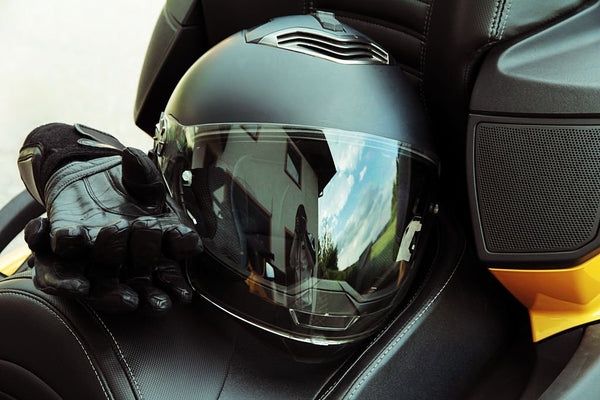
Advanced Technology
Keep abreast of new advancements in motorcycle helmet safety. Multi-Directional Impact Protection System (or MIPS for short) is the latest in groundbreaking safety technology for helmets. But are MIPS helmets really better than other helmets?
Rotational motion is what happens when the brain continues to move or stretch after the head has come to a sudden stop. This sometimes occurs in an angled impact and results in shearing and/or stretching of the brain tissue. This, in turn, increases the risk of a brain injury.
Multi-Directional Impact Protection System
MIPS is a helmet design that aims to reduce rotational motion. It does so through a low-friction layer inside the helmet that allows it to slide relative to your head. This reduces the rotational motion that your brain would otherwise experience.
So yes, it’s worth it. It could save your life, and definitely reduces the risk of brain trauma. But remember that no matter which helmet you go for, you eventually need to replace it. So how often should a motorcycle helmet be replaced?
What If a Helmet Needs to Be Replaced?
The general rule for helmet replacement is to do so every 5 years. But most people don’t realise what the reason for this is. So how and why do bike helmets expire?
Why Do Helmets Need to Be Replaced?
The fact is, bike helmets have an expiration date. They don’t “expire” in the same way that foods do, but rather they become less effective when the expiry date is reached. The main reason why a helmet expires is the EPS foam liner. The foam degrades over time and with regular use.
This brings us to the issue of how to check the motorcycle helmet expiry date. To check when your helmet was manufactured, look inside to find a label with a date stamped on it. Helmet manufacturers recommend replacing your helmet every 7 years from the production date or after 5 years of use.
How to Buy a Motorcycle Helmet

The last factor to be discussed here is the price. Now, we understand that for some of you this may be the first thing you consider. We realise that budget constraints are a reality that you may have to factor into your choice of helmet. And one way that many new riders try to cut costs, is to buy a cheap, used helmet.
New or Used
You may think that wearing a used helmet is preferable to wearing no helmet at all. And you’d be right. But not so fast mate, because it poses certain safety risks that you need to be aware of.
The Hidden Dangers of a Second-Hand Helmet
It’s best to avoid buying a second-hand helmet. It will probably be past its expiry date, and this could be why it’s up for sale. The main problem is that the EPS lining may already have started deteriorating. And you can’t know for sure if the integrity of the helmet has been compromised in an accidental fall.
Get a New Helmet for Total Peace of Mind
A new motorcycle helmet that has met safety standards and is guaranteed, is always your best bet. If you’re looking for the most reliable motorcycle helmets you’re already in the right place. We have the best designs and brands to suit all riding styles and budgets.
Conclusion
Any motorcycle helmet needs to meet certain basic criteria. It has to meet safety standards, and it has to be comfortable to wear.
Today’s bike helmets offer the latest developments in safety technology and supreme comfort. And we are proud to offer you the very best motorbike helmets and accessories available. So once you’ve gone through the guide above and know how to choose the best motorcycle helmet for you, give us a call.
If You Enjoyed This Piece, Consider Checking out Other Blogs:
- Are Expensive Motorcycle Helmets Worth It
- Are Open-Face Motorcycle Helmets Safe
- Highest Motorcycle Helmet Standard
- How Much Should I Pay for a Motorcycle Helmet
- Best Motorcycle Helmet
- Most Advanced Motorcycle Helmets
- Best Dual Sport Motorcycle Helmet
- Best Value Motorcycle Helmet
- Best Motorcycle Helmet for Women
- Best Motorcycle Helmet for Cruisers
- Best Hot Weather Motorcycle Helmet
- Best Kids Motorcycle Helmet
- Best Motocross Helmet Under $300
- Best Lightweight Motorcycle Helmet
- Best Motorcycle Helmet for Cafe Racer


